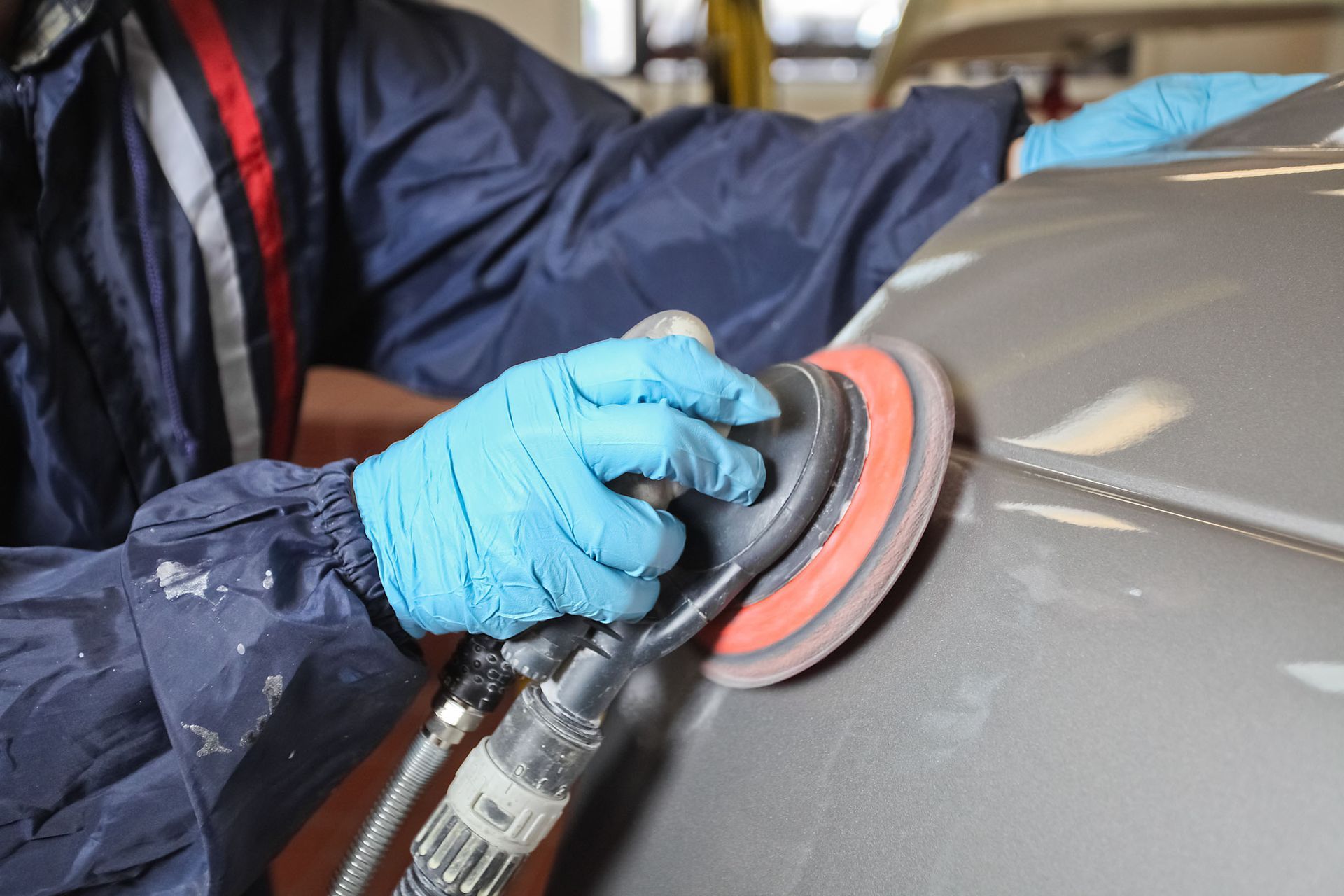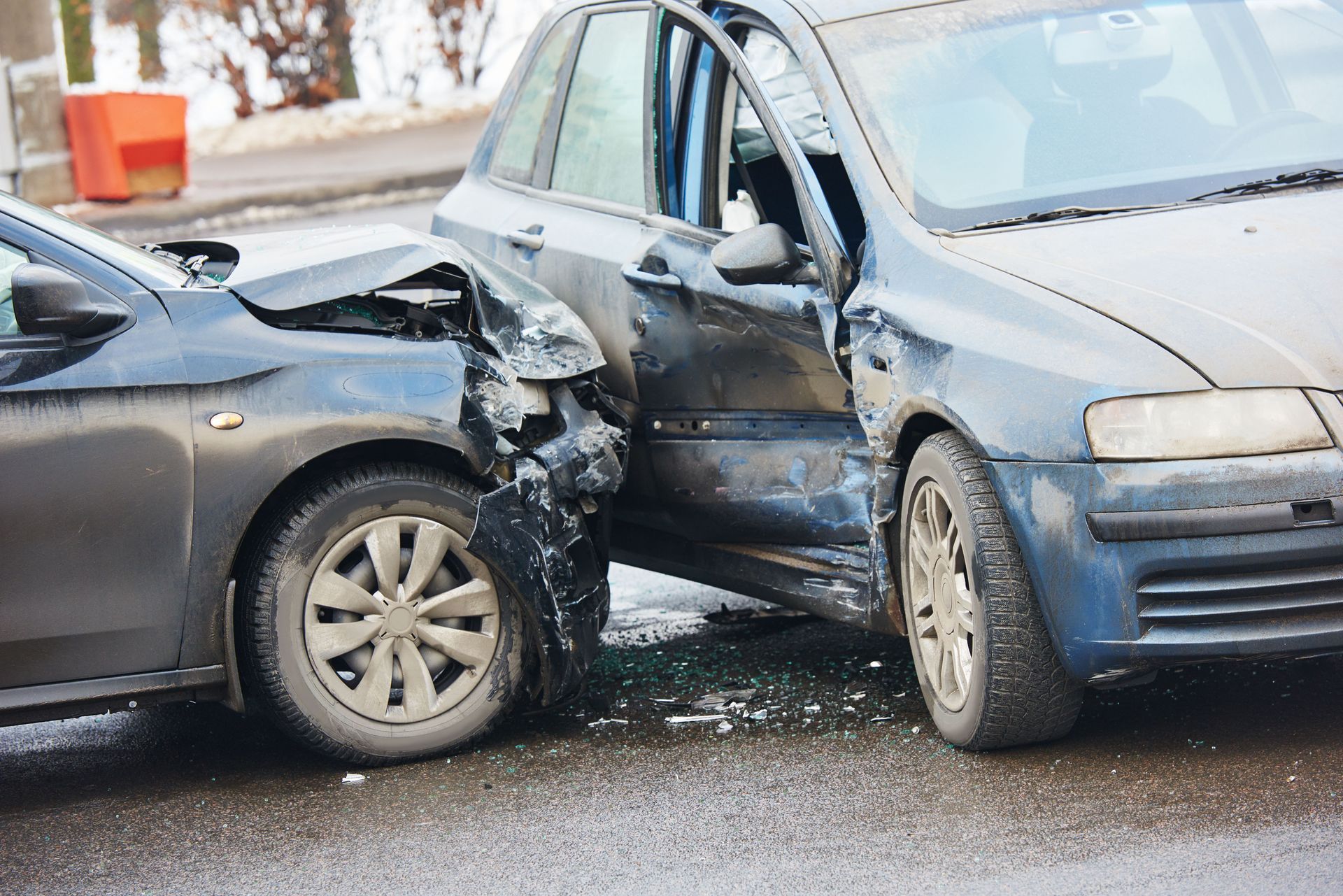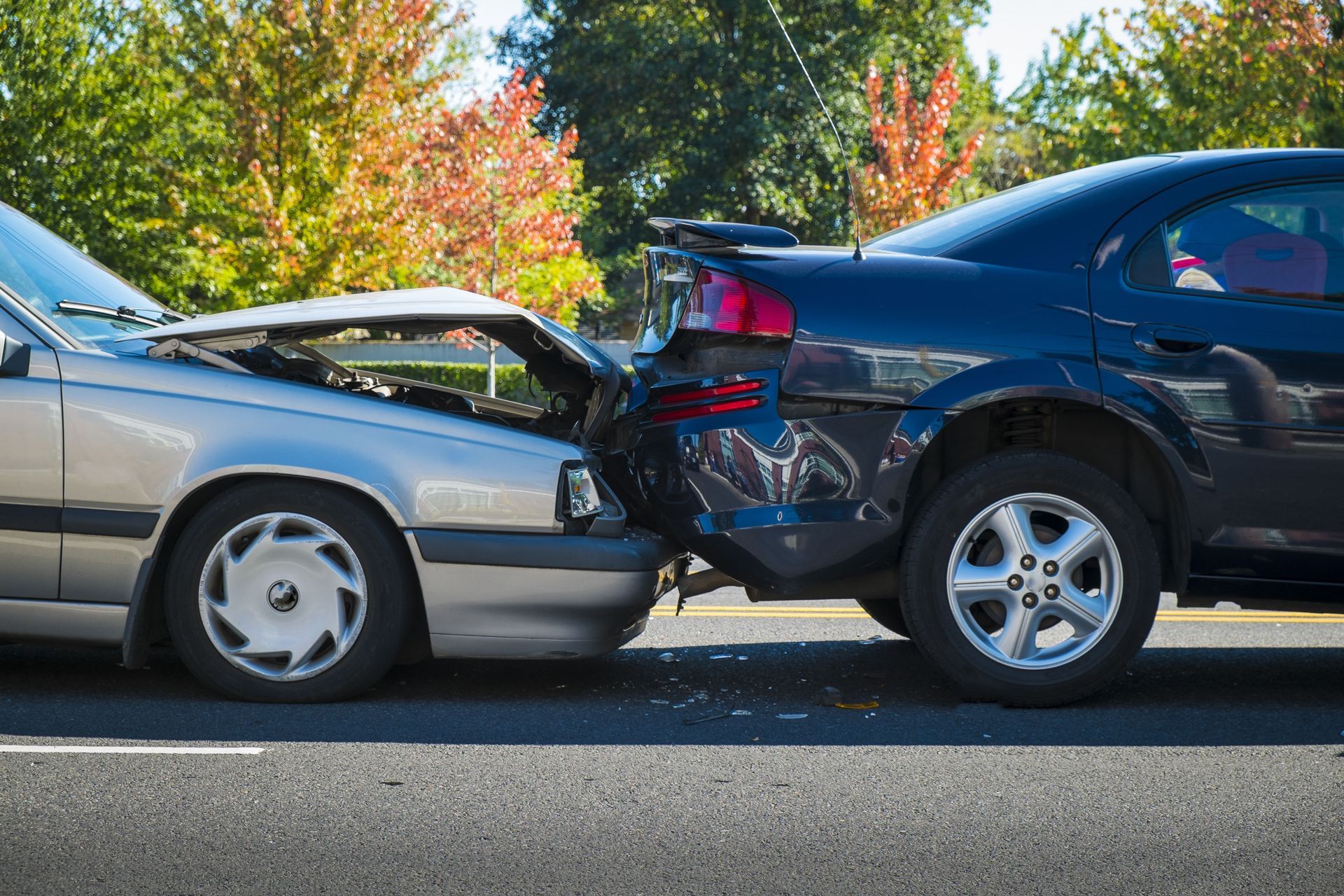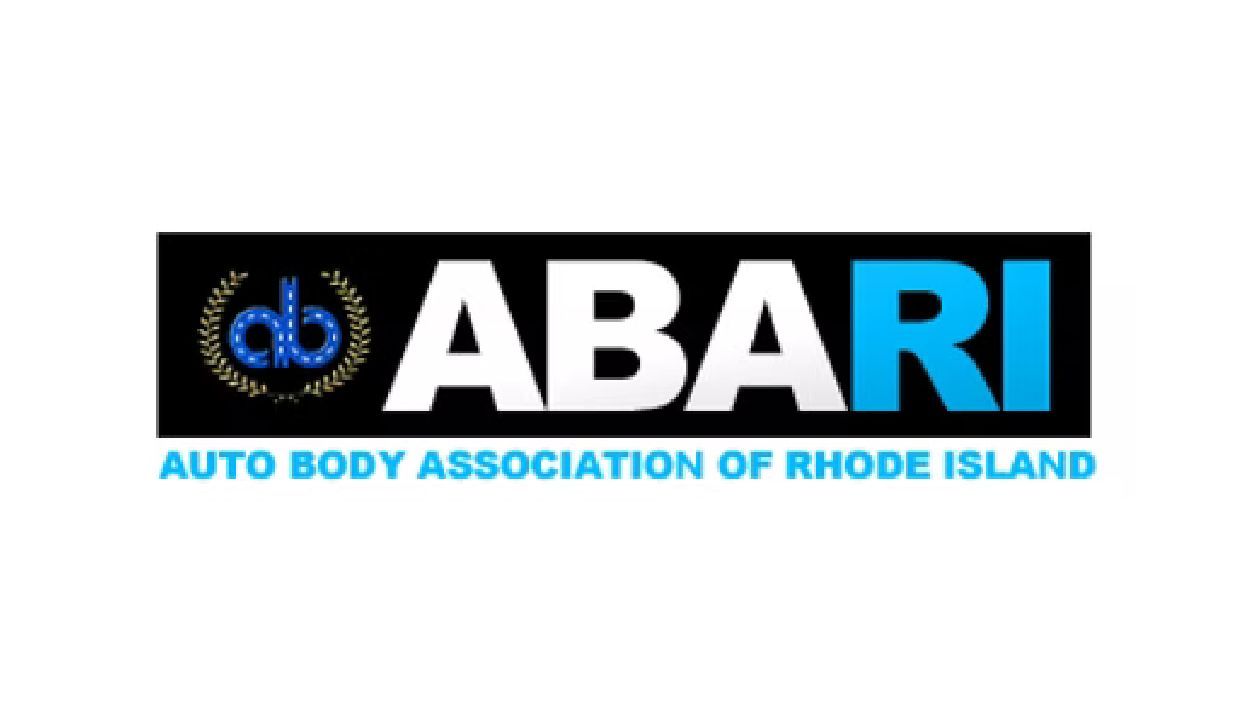August 12, 2025
Getting your vehicle repaired after a collision can be a daunting experience. Understanding the repair process can help alleviate some of the anxiety and ensure that you know what to expect at each stage. This article breaks down the collision repair process into key steps, providing insights into each phase to help car owners navigate through the repair journey with confidence.
1. Initial Assessment and Estimation
1.1 Arrival at the Repair Facility
Upon arrival at the repair facility, the process begins with check-in and initial paperwork. The repair facility will confirm details about the vehicle's accident and gather necessary information. The customer might be greeted by a service advisor who will guide them through the process. A preliminary assessment of the vehicle's exterior is often conducted to identify easily observable damages. This step sets the stage for a more thorough evaluation and gives both the customer and the repair center a basic understanding of the task ahead.
1.2 Visual Inspection and Damage Assessment
Once initial check-in is complete, a technician will perform a detailed visual inspection. This helps to identify surface damages such as dents, scratches, or any visible misalignments. The technician will make notes and take photographs which will be part of the repair record. Often, this is the stage where potential internal damage is recognized, although further disassembly may be required. An accurate assessment is crucial for developing an effective repair plan and ensuring all damages are addressed.
1.3 Creating a Repair Estimate
Based on the inspection, the repair facility creates a detailed estimate of costs. This estimate covers labor, parts, and materials necessary to complete the repairs. It's essential for the technician to be thorough, as unexpected costs can arise during more in-depth repairs. The estimate provides the customer with an overview of what the repair will entail financially. Furthermore, a well-documented estimate makes it easier to handle insurance claims efficiently.
1.4 Coordinating With Insurance Companies
Insurance coordination is a critical component of the collision repair process. Many repairs are covered by auto insurance policies, necessitating detailed communication with the insurance company. This involves submitting the repair estimate and any supporting documents or photos. The goal is to obtain approval for the estimated work, which may involve negotiations. With over 69,121 collision repair technicians employed in America, according to Zippia, teamwork between repair facilities and insurers is streamlined and routine, ensuring a smooth process for all parties involved.
2. Disassembly and Damage Analysis
2.1 Starting the Vehicle Tear-Down Process
Once the initial estimate is approved, the next step in the collision repair process is disassembly. This involves taking apart damaged areas of the vehicle to reveal underlying structural issues. Technicians carefully document any hidden damages that were not visible during the initial inspection. This tear-down process ensures that every area of potential damage is checked for safety. It also gives repair technicians a clearer picture of what needs to be addressed, ensuring thorough repairs.
2.2 Supplementary Insurance Claims
Often, the revelation of hidden damages prompts the need for supplementary insurance claims. Repair facilities will submit detailed documentation of these damages alongside photographs. The supplemental submission aligns the repair cost with necessary additional work approved by the insurer. Technicians and insurance representatives work closely to ensure coverage remains accurate and comprehensive. Ultimately, this step secures the financial responsibility required to cover unforeseen repairs.
2.3 Customer Communication and Updates
Regular communication with the customer is vital during the damage analysis stage. This includes updating the customer on the completion of the tear-down process and any unexpected findings. Explaining these findings carefully ensures ongoing trust and acceptance of the steps being taken. Many facilities offer tools such as online portals for customers to track their vehicle's repair status. Clear and continuous updates reinforce transparency and build confidence in the repair process.
3. Structural and Body Repairs
3.1 Restoring the Vehicle Framework
The structural repair phase is one of the most critical in the collision repair process. It often involves straightening the vehicle's frame using advanced equipment to align it back to factory specifications. Technicians use precise measurements and careful adjustments to restore the vehicle's structure. Properly aligning the framework is crucial to ensure the vehicle remains safe and reliable on the road. This step is foundational and precedes any cosmetic repairs involving body panels.
3.2 Replacement of Damaged Components
Beyond major structural repairs, numerous smaller components may require replacement. This can include everything from engine parts to electrical systems damaged in the collision. The repair facility sources replacement components while ensuring parts compatibility and quality. Successful coordination with parts suppliers is vital and requires proactive management to avoid delays. Having over 69,121 skilled technicians across America ensures a vast network is available to efficiently manage this process.
3.3 Metal and Plastic Panel Repairs
After structural issues are resolved, attention turns to cosmetic repairs on metal and plastic panels. This includes tasks like dent pulling, welding, and filling gaps with body filler to restore the vehicle's exterior. Sculpting these panels back to their original shape requires technical skill and precision. Panel repairs also enhance the aesthetic appeal, preparing the vehicle for the refinement phase. Completing these repairs ensures the vehicle looks as good as it functions internally.
3.4 Coordination with Parts Suppliers
Effective coordination with parts suppliers ensures a steady flow of components necessary for timely repairs. Repair facilities must select suppliers that provide quality, OEM-compliant parts. This relationship involves proactive communication to manage order timelines and delivery schedules effectively. Ensuring the correct parts are available when needed prevents slowdown in the repair process. Successful part supplier coordination supports the entire repair chain from start to finish.
4. Paint Preparation and Refinishing
4.1 Surface Preparation for Painting
After structural repairs, the vehicle is transferred to the paint preparation area. Surface preparation is key, involving meticulous sanding, cleaning, and priming of all repaired panels. The technicians ensure all surfaces are smooth and free of contaminants to achieve an ideal paint application. Clean and properly aligned surfaces lead to a high-quality finish that matches the original appearance. Thorough preparation is a prerequisite for any successful paint job.
4.2 Matching Paint Colors
Matching the original paint color is a precise process requiring a good eye and advanced tools. Technicians use computerized systems to analyze the vehicle's color, which helps mix a perfect match. This system accounts for paint fade and weathering caused over time. A perfect color match is crucial to achieving a seamless repair where new and old sections are indistinguishable. By replicating the original finish, overall vehicle aesthetics are maintained.
4.3 Applying Primer and Paint Coats
With preparation and color matching complete, technicians begin applying primer to repair areas. The primer ensures paint adhesion and covers any surface imperfections. Multiple paint coats are then sprayed, with each layer dried and inspected for uniformity. The painting environment is often highly controlled to prevent contaminants from interfering with the finish. Achieving an even and glossy coat is both a science and an art handled by skilled professionals.
4.4 Finishing With Clear Coat
The finishing touch to any paint job is the application of a clear coat. This protective layer enhances the paint's durability and gives it a high-gloss finish. Clear coats protect against UV rays, debris, and other environmental factors that can damage paintwork. The coat is applied in a controlled environment where technicians ensure no imperfections exist. The final clear coat provides a polished look that replicates the vehicle's original luster.
5. Reassembly and Final Touches
5.1 Reintegration of Disassembled Parts
Reassembly begins with the careful reintegration of previously disassembled parts. Each component is systematically checked for both fit and function, ensuring a seamless transition from repairs. Reintegrated parts, such as bumpers, doors, and grilles, are securely fastened to meet safety standards. This meticulous attention ensures the vehicle's original charm is restored without compromising on safety. Alignment and calibration are key aspects that require the technician's eye for perfection.
5.2 Installing New Components
New and replacement parts require precision installation, aligning them with existing structures defines their effectiveness. Installation is conducted with a focus on maintaining manufacturer specifications for optimal vehicle performance. This includes fine-tuning and calibrating new components and systems that interact dynamically. Installing new technological parts, such as sensors or systems, is done with extra caution to ensure their operational readiness. Post-installation testing forms part of the reassembly protocol to certify component efficacy.
5.3 Ensuring Functional and Aesthetic Integrity
The dual focus of final touches ensures both functional and aesthetic integrity. Technicians conduct a series of checks to confirm that mechanical systems operate flawlessly. Concurrently, trim pieces and badges are reconditioned, aiming to restore the vehicle's prior elegance. The emphasis is on ensuring that the car is not only operable but pleasing to the eye, following rigorous operational testing. This balance provides reassurance to the customer that their vehicle is as reliable and beautiful as it was before the collision.
5.4 Detailed Cleanup and Inspection
A detailed cleanup follows the completion of repairs, improving the vehicle's presentability for the customer. Internal and external areas are cleaned thoroughly, with an emphasis on removing dust and polish residues. Each cleaned surface is inspected closely to ensure cleanliness enhances the visual experience. The process also involves checking fluid levels, tire pressures, and verifying electronic system functionality. This final polish and top-to-bottom inspection usher in the concluding touches that prepare the car for handover.
5.5 Quality Assurance and Test Drives
Final quality assurance procedures include both physical inspections and test drives, providing two-fold verification. Test drives evaluate vehicle performance by simulating varied road conditions to ensure safety and reliability. The driver's experience gives repair shops the chance to detect any operational issues post-repair. Every function, from brakes to electronics, is subjected to real-world demands, confirming successful repairs. This QA stage certifies that the vehicle meets set standards and is in peak condition for a return to duty.
The collision repair process involves multiple stages, each critical to ensuring that your vehicle is returned to its pre-accident condition. By understanding these steps, car owners can feel more assured and informed about the repairs being conducted. Whether it's dealing with insurance companies, understanding repair timelines, or arranging for a final vehicle inspection, being prepared and knowledgeable can make the entire experience less stressful and more transparent. If you're looking for collision repair services, contact Ken Rocha Collision, LLC today.
